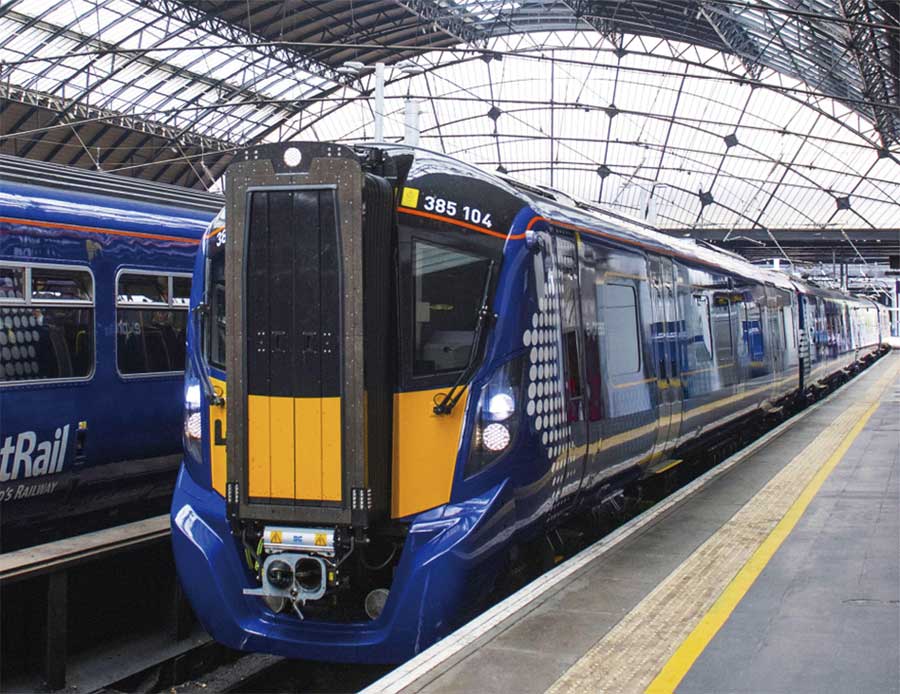1. Myanma Railways Interlocking System Renewal Project
Relay interlocking system at the Yangon Central railway station in the Republic of the Union of Myanmar is aging, having first entered service approximately 60 years ago, predating the military regime. A contract for the supply and installation of level crossing equipment and an electronic interlocking system was signed in May 2015 as part of a grant aid project of the Japan International Cooperation Agency (JICA), with the official opening taking place in June 2018 (the level crossing equipment commenced operation in October 2015).
Although the project included difficult work, involving the upgrading of the railway's signaling system and 81 sets of points without interrupting train services with the existing signaling system, it was completed on schedule with no major incidents. Moreover, being the first signaling project to be undertaken in Myanmar, it is anticipated that it will contribute to the modernization of that nation's railways by serving as a standard.
After a hiatus of approximately two years, work will resume in 2020 with the planned delivery of train monitoring systems (TMSs) for 20 stations.







